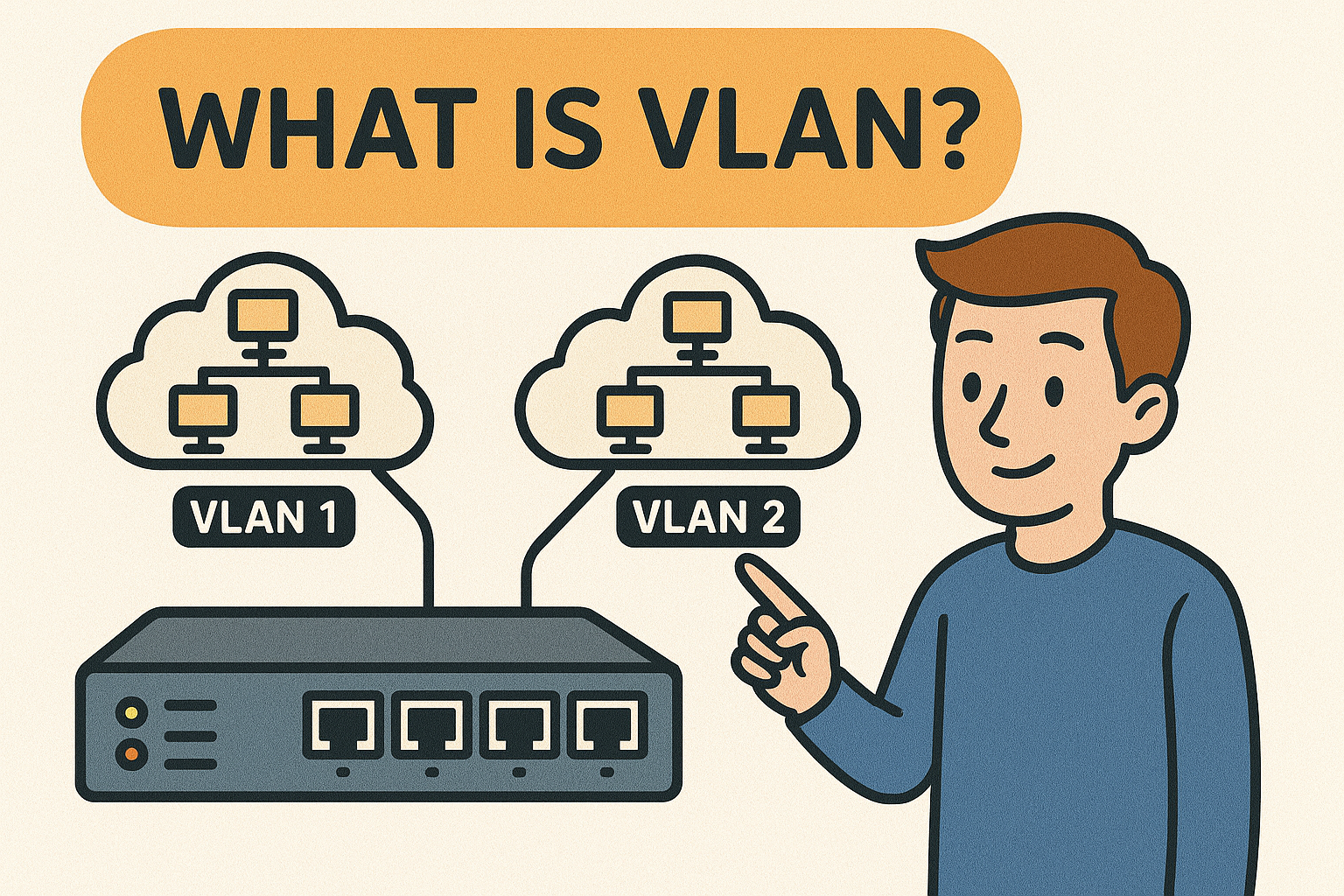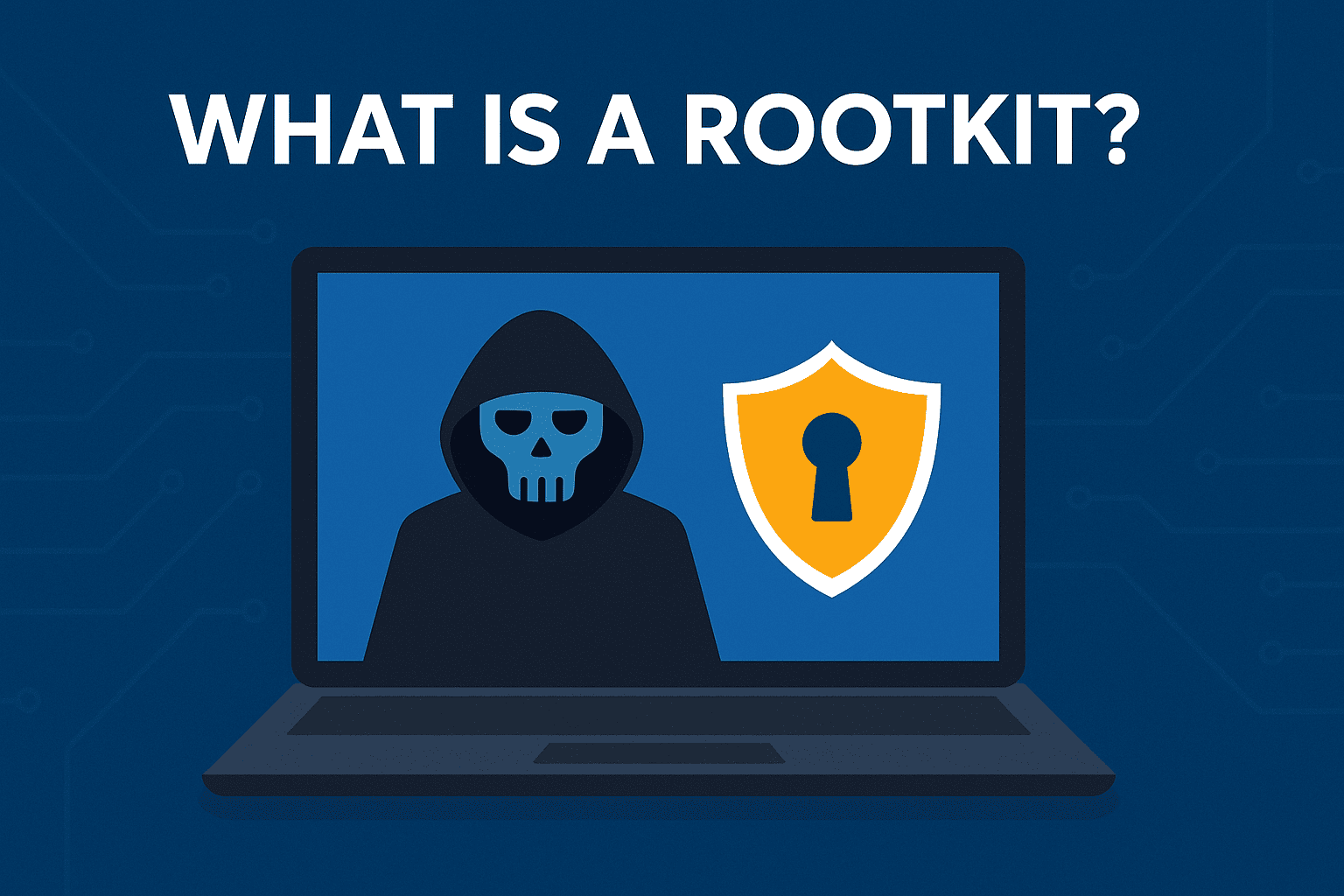What is VLAN? A Comprehensive Guide to Virtual LANs in Networking
Updated on July 7, 2025, by Xcitium

In today’s interconnected digital landscape, efficient network management is paramount. Enter VLANs, or Virtual Local Area Networks—a pivotal solution for segmenting networks to enhance performance and security.
Understanding VLANs in Networking
A VLAN (Virtual Local Area Network) is a logical grouping of devices within a larger physical network. Unlike traditional LANs, which are confined to specific physical locations, VLANs allow devices to communicate as if they were on the same physical network, even if they are geographically dispersed
By segmenting a network into VLANs, organizations can:
Improve network performance by reducing broadcast traffic.
- Enhance security by isolating sensitive data.
- Simplify network management and configuration.
How VLANs Work
VLANs operate at the data link layer (Layer 2) of the OSI model. They function by tagging Ethernet frames with a VLAN identifier, allowing switches to direct traffic appropriately. This tagging ensures that devices within the same VLAN can communicate seamlessly, while traffic between different VLANs remains isolated unless explicitly routed.
Types of VLANs
Understanding the various types of VLANs is crucial for effective network design:
- Default VLAN: Typically VLAN 1; all switch ports are members by default.
- Data VLAN: Carries user-generated data traffic.
- Voice VLAN: Dedicated to voice traffic, ensuring quality of service for VoIP applications.
- Management VLAN: Used for network management traffic, such as SNMP or SSH.
- Native VLAN: Handles untagged traffic on a trunk port.
- Private VLAN (PVLAN): Provides isolation between ports within the same VLAN, enhancing security.
VLAN Configuration: A Step-by-Step Guide
Configuring VLANs involves several key steps:
Define the VLAN:
bash
CopyEdit
Switch(config)# vlan 10
Switch(config-vlan)# name Sales
Assign Ports to the VLAN:
bash
CopyEdit
- Switch(config)# interface FastEthernet0/1
- Switch(config-if)# switchport mode access
- Switch(config-if)# switchport access vlan 10
Configure Trunk Ports (for inter-switch communication):
bash
CopyEdit
- Switch(config)# interface FastEthernet0/24
- Switch(config-if)# switchport mode trunk
- Switch(config-if)# switchport trunk allowed vlan 10,20
Verify Configuration:
bash
CopyEdit
- Switch# show vlan brief
- Switch# show interfaces trunk
Note: Commands may vary based on switch models and operating systems
VLAN vs. LAN: Key Differences
| Feature | LAN | VLAN |
| Definition | Physical network segment | Logical network segment |
| Flexibility | Limited to physical layout | Can span multiple physical locations |
| Security | Less granular control | Enhanced isolation and control |
| Scalability | Hardware-dependent | Easily scalable through configuration |
Real-World VLAN Example
Consider a company with three departments: Sales, HR, and IT. By assigning each department to its own VLAN (e.g., VLAN 10 for Sales, VLAN 20 for HR, VLAN 30 for IT), the company can:
- Ensure that broadcast traffic from one department doesn’t affect others.
- Implement department-specific security policies.
- Simplify network troubleshooting and management.
Advantages of VLANs
- Enhanced Security: Isolate sensitive data and reduce unauthorized access.
- Improved Performance: Limit broadcast domains, reducing unnecessary traffic.
- Simplified Management: Easily move devices between VLANs without physical reconfiguration.
- Cost-Effective: Reduce the need for additional hardware by logically segmenting networks.
Conclusion
VLANs are indispensable tools in modern networking, offering flexibility, security, and efficiency. By understanding and implementing VLANs, organizations can optimize their network infrastructure to meet evolving demands.
FAQs
Q1: What is the full form of VLAN?
A1: VLAN stands for Virtual Local Area Network.
Q2: Can devices in different VLANs communicate?
A2: Not directly. Inter-VLAN communication requires a Layer 3 device, such as a router or Layer 3 switch.
Q3: How many VLANs can be configured on a switch?
A3: Most switches support up to 4094 VLANs, as per the IEEE 802.1Q standard.
Q4: What is the difference between static and dynamic VLANs?
A4: Static VLANs are manually assigned to switch ports, while dynamic VLANs assign ports based on MAC addresses or other criteria using protocols like
Q5: Why use VLANs in a network?
A5: VLANs enhance security, improve performance, and provide flexibility in network design and management.
Ready to elevate your network management? Sign up for Xcitium’s comprehensive network solutions today!
















